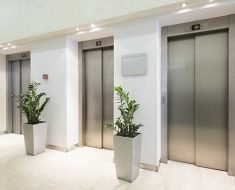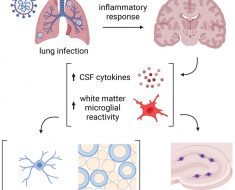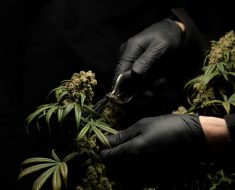
After acute inflammation, the body typically returns to homeostasis, a process that involves specialized pro-resolving mediators (SPMs), molecules that help resolve inflammation. In some cases, however, chronic inflammation can lead to the formation of small nodules called granulomas.
To better understand the biosynthetic reactions that take place after inflammation, researchers at Brigham and Women’s Hospital investigated the role of 4S, 5S-epoxy-resolvin, an intermediate molecule that plays a critical role in synthesizing two resolvins (D3 and D4) and a previously unknown cysteinyl-resolvin isomer. 4S, 5S-epoxy-resolvin is found within human phagocytes and is thought to mediate the resolution of acute inflammation necessary for tissue regeneration and wound healing. The biosynthetic product that the group discovered, cysteinyl-resolvin isomer, accelerates tissue regeneration in surgically injured planaria and inhibition of granuloma developing in human peripheral blood leukocytes.
“Because of COVID-19, there’s a heightened interest in inflammation and understanding how to control the inflammatory response,” said Charles N. Serhan, Ph.D., DSc, of the Department of Anesthesiology, Perioperative and Pain Medicine. “This paper represents the work of an international, multidisciplinary collaboration among three teams. We wanted to nail down the biosynthetic enzymes involved in the production of D3 and D4 by human leukocytes, and in the process, found a new mediator that could give us a lead on how to design therapeutics to regulate granulomas.”
“Unresolved or chronic inflammation is a central pathobiology to many widely occurring life-threatening and fibrotic diseases,” said Ashley E. Shay, Ph.D., a senior member of Serhan’s group at the Brigham. “The identification of 4,5-RCTR1 highlights a potential therapeutic avenue for development of cys-SPM mimetics to stimulate tissue regeneration and repair in diseases with high unmet medical need.”
Source: Read Full Article





